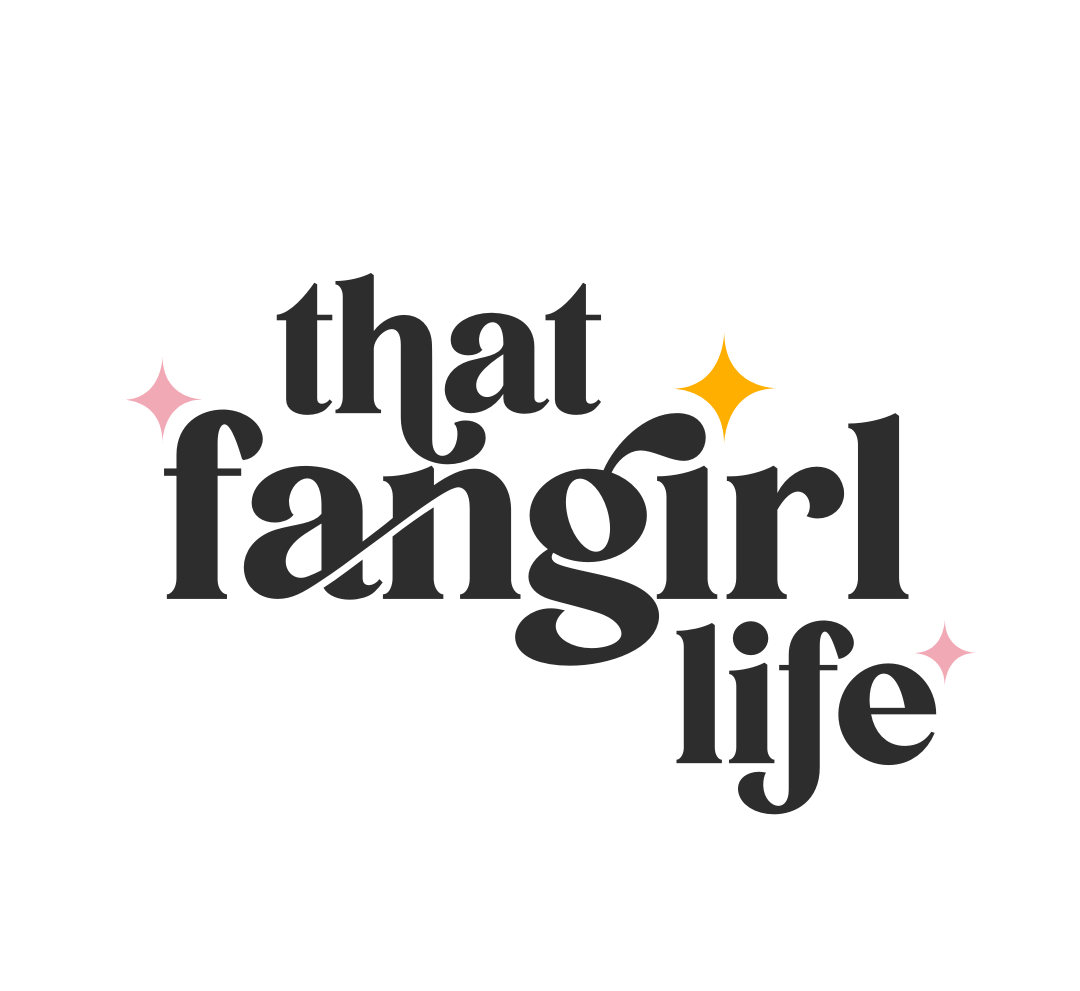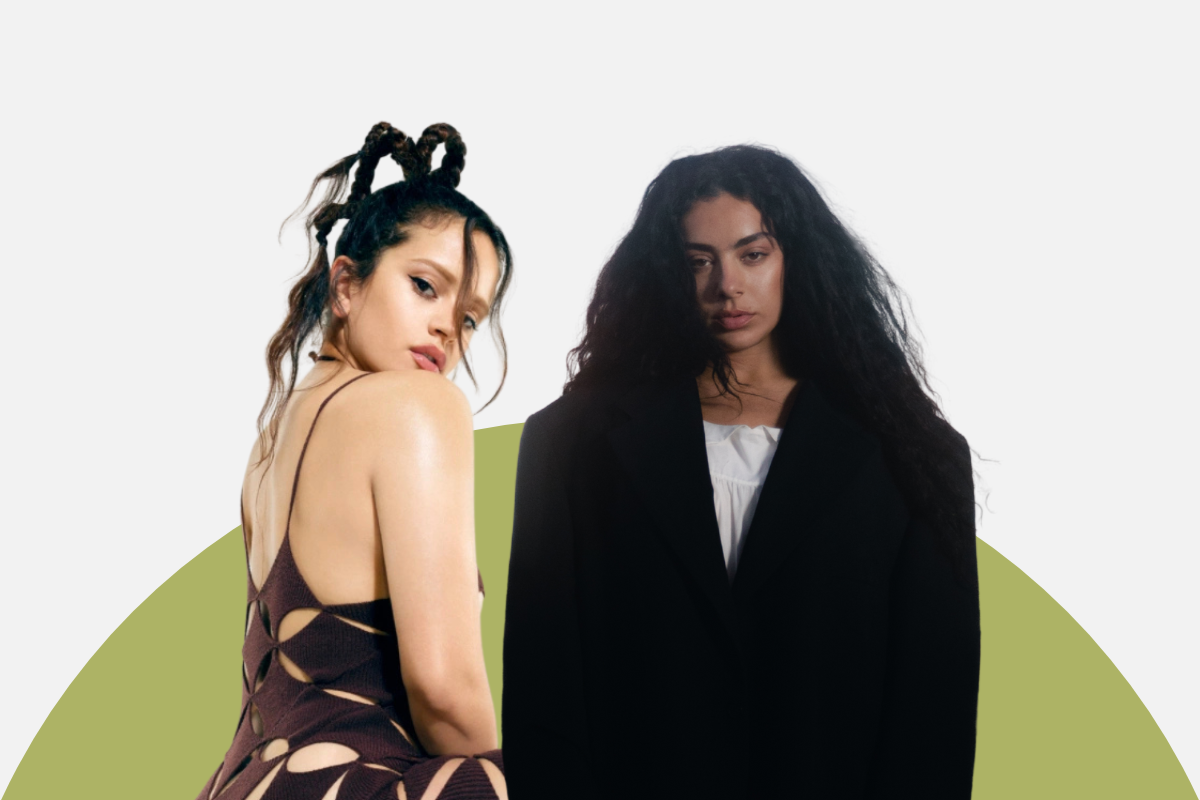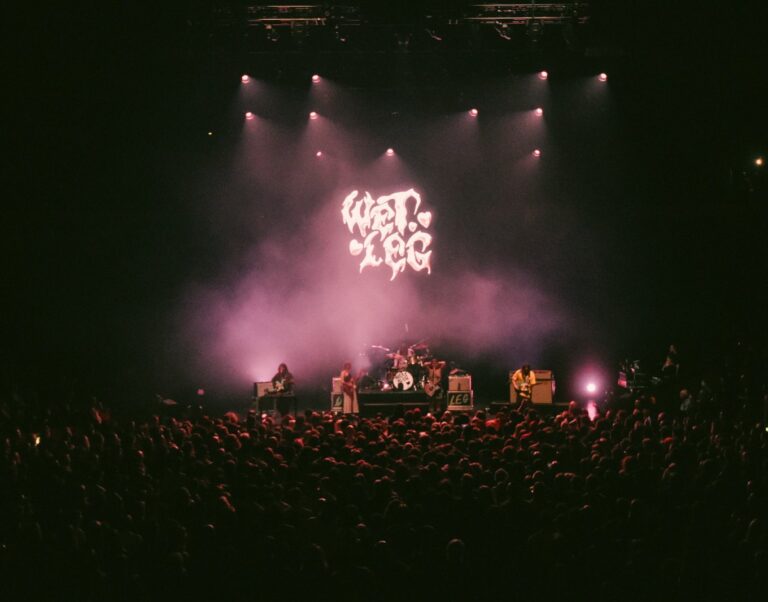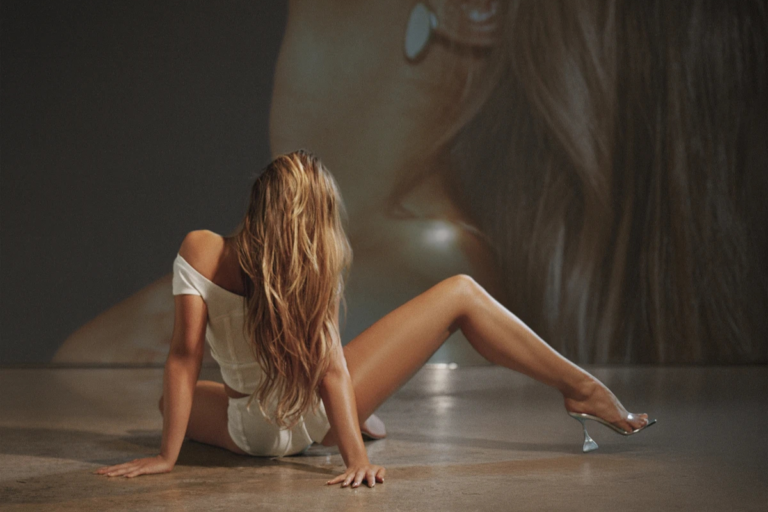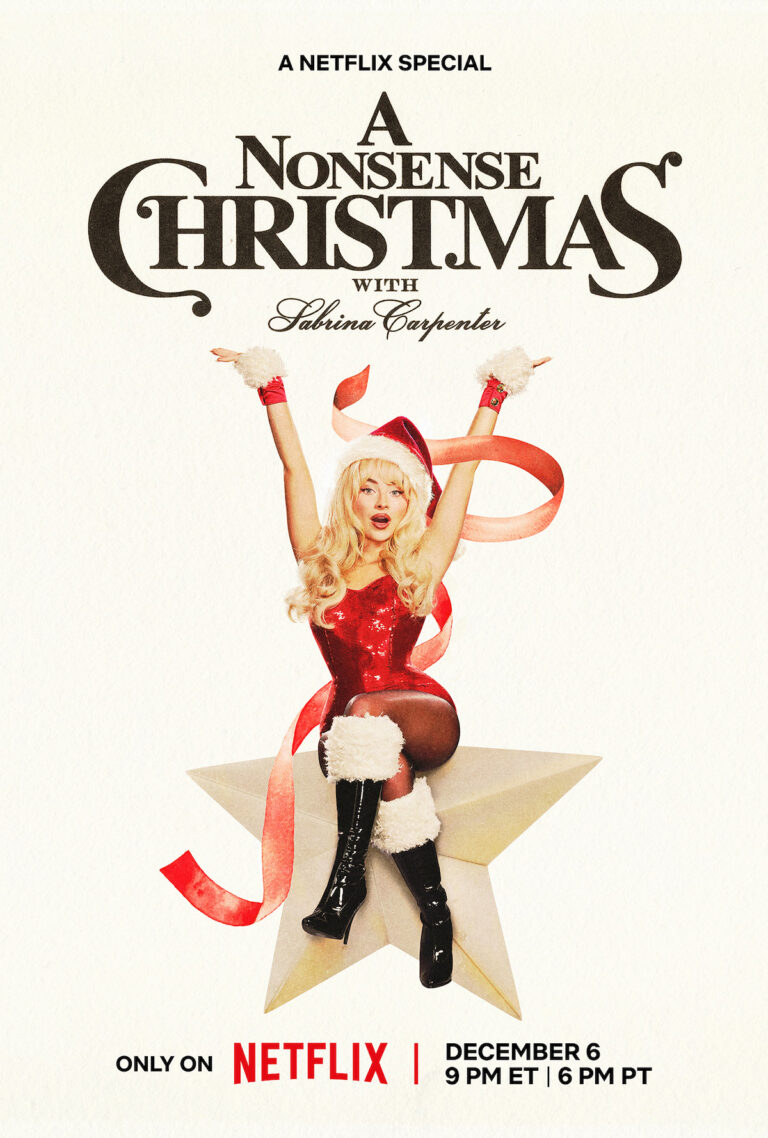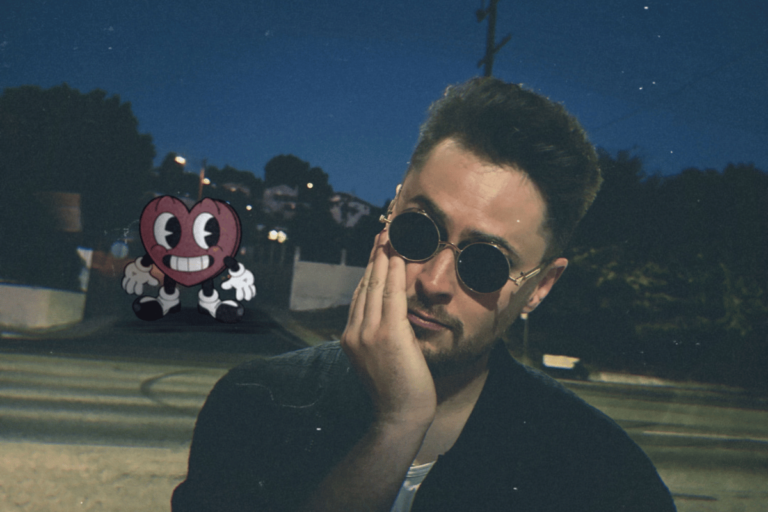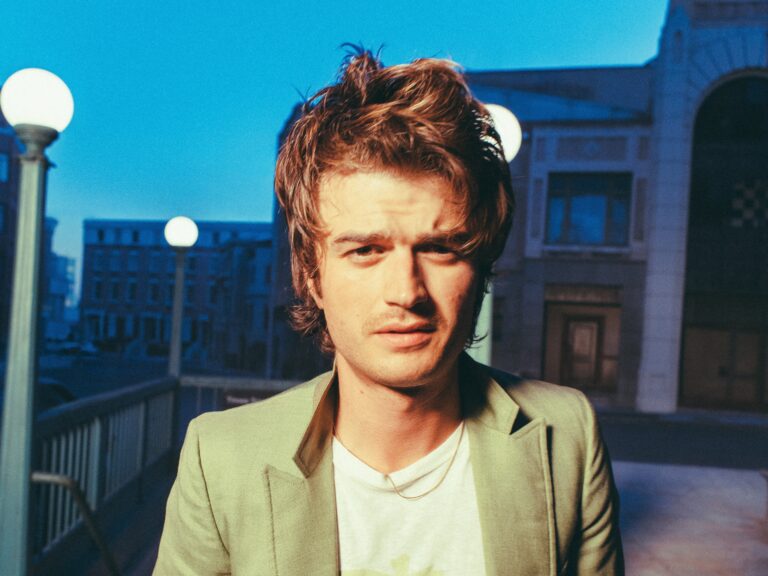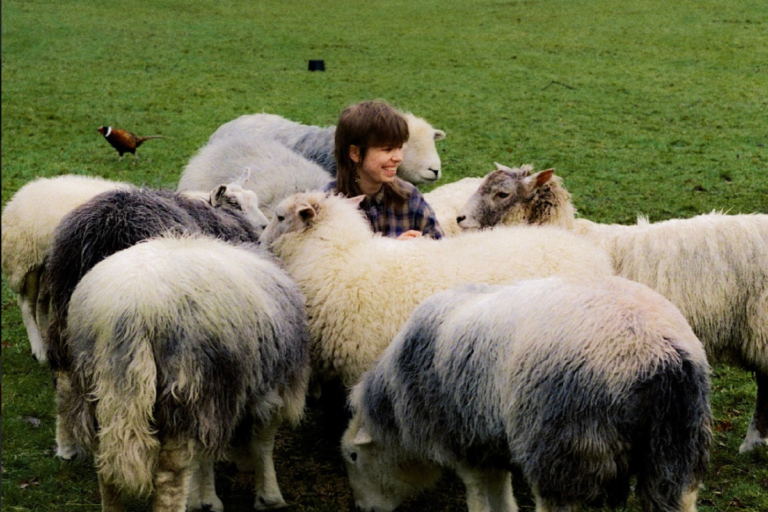Brat and Motomami: Female Archetypes Ruling the World. What’s Next?
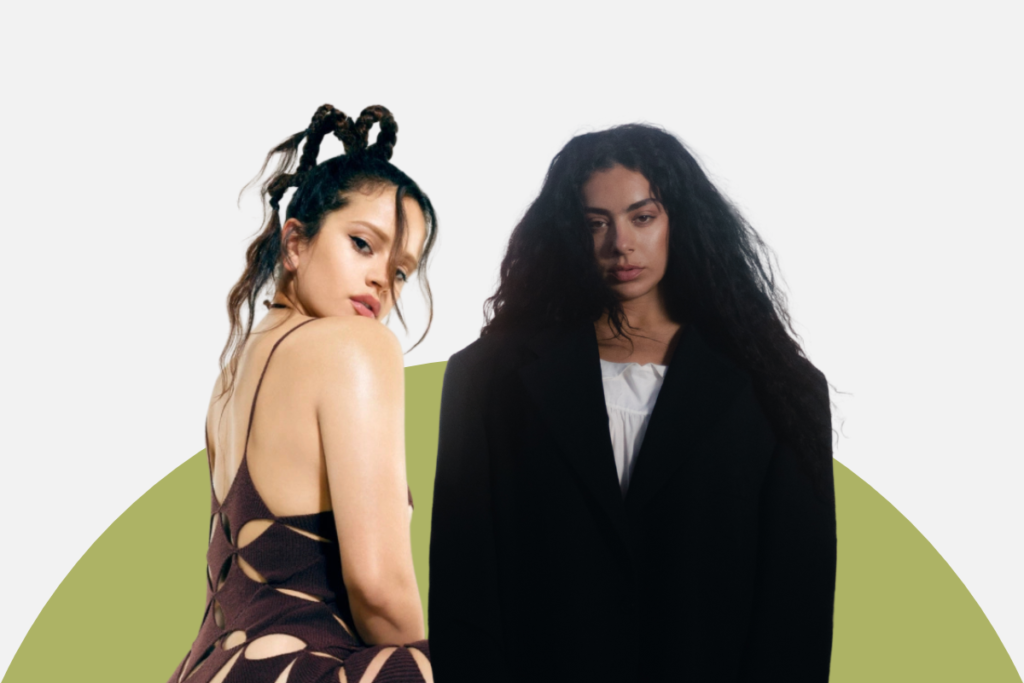
First came Motomami (2022), then Brat (2024).
We have been living through a truly dreamy and transformative couple of years in pop music — an era where female artists have dominated the mainstream with a kind of creative ferocity that felt both revolutionary and deeply personal. With bold, unflinching concepts and boundary-pushing experimentation, these women didn’t just make noise, but rather shifted the culture.
Charli XCX turned hyperpop into a vessel for digital-age identity, moulding soundscapes that felt futuristic yet heartbreakingly human. Rosalía, on the other hand, blended tradition and innovation with fearless elegance, reimagining flamenco through the lens of global pop, trap, and reggaetón. Together, they performed true alchemy, transforming their music into something eternal.
Although music is the heart and soul of these projects, the albums evolve into archetypes as a result of aesthetic choices: the artwork, the videos, the clothing, the stage performances, the visuals, and so on. All these elements create the full story and communicate to the audience what it means to be a Brat or a Motomami.
As we know, the albums became a sort of social movement, gathering fans eager to live and breathe their philosophy, marked by a lack of rules or exclusivity; everyone could join. This confirms that the exclusionary “you can’t sit with us” mood that was so prominent in Y2K is completely out. Interestingly, both archetypes seem strikingly similar, as both encourage self-expression and pride in one’s identity, embracing both the good and the “bad.” We see this in lyrics such as: “I’m a Brat when I’m bumpin’ that” or “Yo soy muy mía, yo me transformo” (I’m truly mine; I transform myself).
Fitting into marketing archetypes is out
According to Professor Kristin Lieb’s research, female pop stars have historically been marketed through a limited set of archetypes. While these artists are powerful and important forces that paved the way for figures like Rosalía and Charli XCX, they did not create their own archetypes. Instead, they were placed within them throughout the different eras of their careers. Lieb outlines several easily identifiable archetypes:
- The Good Girl: Often linked to youth, this role is typically assigned to artists early in their careers, especially when they are minors. Britney Spears, Jojo, and Christina Aguilera all embodied this image at the start.
- The Temptress: Usually, when they grow older, some pop stars begin to embody a very sexual identity. Britney’s evolution reflects this shift, as does Miley Cyrus’s transformation during key phases of her career.
- The Diva: Reserved for highly accomplished artists like Adele, Mariah Carey, Beyoncé, or Alicia Keys, this archetype commands respect. Still, they are usually described with words like: “queen”, “gorgeous”, “beautiful”…
- The Hot Mess: Here, the spotlight falls on the artist’s personal behaviour. Britney Spears, during the height of media scrutiny, fits this mould, as do Amy Winehouse and Whitney Houston.
- The Provocateur: Here we have Lady Gaga or Madonna, artists who defy rules and expectations with risky and kitsch artistic ideas. Chappell Roan appears to be stepping into this space.
- The Survivor: A relatively new and emotionally charged archetype. Demi Lovato, and again, Britney Spears, are positioned here, showing an inspiring story without hiding their scars.
These archetypes tend to hinge on looks or behavior, rather than the music itself. The media, through reductive language, places these women into boxes. In contrast, Rosalía and Charli XCX are defining their own terms of identity and perception: Motomami or Brat.
Uhh, That Sounded Really Bratty
Brat emerges with an ethos that had already begun to take hold in culture. A lot of people were already identifying with ideas such as breaking away from the hyper-productivity ideal (a.k.a. #girlboss) and prioritising hobbies, fun, and mental health. For example, #quietquitting was becoming a trend, allowing people to free themselves from the pressures of demanding and unsatisfying jobs. Millennials and Gen Z were starting to feel burnt out due to a lack of economic and social rewards, paired with an overwhelming workload.
In Brat, both generations found a space to have fun while also embracing vulnerability, insecurities, and rebellion all with an attitude that exudes confidence: party all summer long. Brat explores issues like conflicts with other girls, body image struggles, and deep family tensions, all set within a club environment that reminds us not to take things too seriously.
This concept became so powerful that Brat evolved into an adjective, used in phrases like: “She’s so Brat because she works from the pool.” Since 2024, being a Brat means being a secure, independent person with a low-key, hedonistic approach to life. This philosophy resonated with so many people that Brat became the word of the year, and even Kamala Harris incorporated it into her presidential campaign.
Chica, ¿Qué Dices?
In 2022, Rosalía returned with her second album, introducing the world to the Motomami archetype, one that mirrors the Brat concept in its use of contrast: Brat juxtaposes strength and freedom with vulnerability, while Motomami contrasts a bold, empowered attitude with fragility. A Motomami is a strong, independent woman who does what she wants and is unafraid to show her doubts, pain, and insecurities.
Even though both concepts share many similarities, Motomami is more aspirational; it embodies an empowered and fearless woman, whereas Brat is that relatable friend who gets how you feel and doesn’t push you to be strong if you don’t feel up to it. Even the stylistic choices underscore this difference: To be a Brat, you just need a T-shirt, a pair of sunglasses (optional), and maybe a mini skirt, while to be a Motomami, you might want to hit up the nearest biker shop and pick out some leather-inspired pieces.
Running away from the male gaze
While it’s fair to argue that, aesthetically, Charli XCX and Rosalía flirt with the conventions of the male gaze, their lyrics tell a different story. The 2010s had their fair share of tracks created to uphold male desire and sculpt the “ideal woman,” whereas in this decade, these artists pivot toward self-definition and subversion.
Let’s think back: the early 2010s gave us Blurred Lines (Robin Thicke, Pharrell), Talk Dirty (Jason Derulo), and even Anaconda (Nicki Minaj) tracks steeped in hypersexualisation, catering almost exclusively to a heterosexual male fantasy shaped by Western norms. But then comes “Hentai”, a sensual ballad off Motomami. It’s undeniably about sex but entirely on Rosalía’s terms. Her lyrics aren’t a bid for male approval; instead, they reverse the lens, zeroing in on her desire towards men: “Enamorá de tu pistola, roja amapola.”
Still, it would be careless to overlook the resistance against the male gaze we also saw in that decade. Lizzo’s About Damn Time is a joyful declaration of autonomy, while Charli XCX’s Boys flips the script entirely, objectifying men with cheeky precision and satisfying the long-neglected female gaze.
Marketing Queens: The key to success
In the 2020s, music marketing and distribution have been evolving at rapid pace, and with TikTok, late son of the 2010s, the marketing game is way different. Charli and Rosalia understood the assignment. Fandoms have evolved with the internet and the relationship between fans and artists has become tighter now. Artists can be more present in fans’ lives through social media, and fans can create content that directly engages with them. As a result, audiences feel closer to their favourite musicians and stars, generating content that analyses, defends, or simply celebrates them.
Every day, we see articles, video essays, podcasts, reels, TikToks, and other content created by fans for artists. This user-generated content (UGC) only strengthens an artist’s relevance, pushing them to the next level. A prime example of this is the 2024 Met Gala: according to Google, the event had 14 million live views, but later amassed 550 million views due to UGC. And that’s just on YouTube!
By crafting albums with marketing strategies that provided fans with tools to connect with them and create content, these artists built promotional platforms that secured the cultural relevance many musicians aspire to. This is why we couldn’t stop doing the Apple dance for months, and yes, it was created by a fan! The same happened with Rosalía and her Bizcochito dance, paired with her iconic resting bitch face, or her uniquely staged performances that flooded social media.
What’s Coming in 2025?
I think aesthetic-driven spaces where people can belong will remain highly relevant, as teens and young adults continue to find solace in expressing themselves on social media and other platforms. However, I anticipate that the next archetype will adopt a more aggressive and rebellious attitude while fully embracing political commentary.
2025 has begun with politics threatening the rights of various communities, and even though in 2022 and 2024 we were caught up in a “delulu” mood, likely a post-pandemic coping mechanism, we’ve now reached a moment where we must speak up to defend trans, LGBTQ+, migrant, and women’s rights. For this reason, I envision a punk aesthetic even within the pop scene, coupled with strong, system-challenging lyrics.
Who is going to create the next archetype and what it’ll look like? We might be seeing it very soon. In the meantime, let’s keep enjoying the amazing pop scene flourishing and entertaining us like it hasn’t happened in a while.
